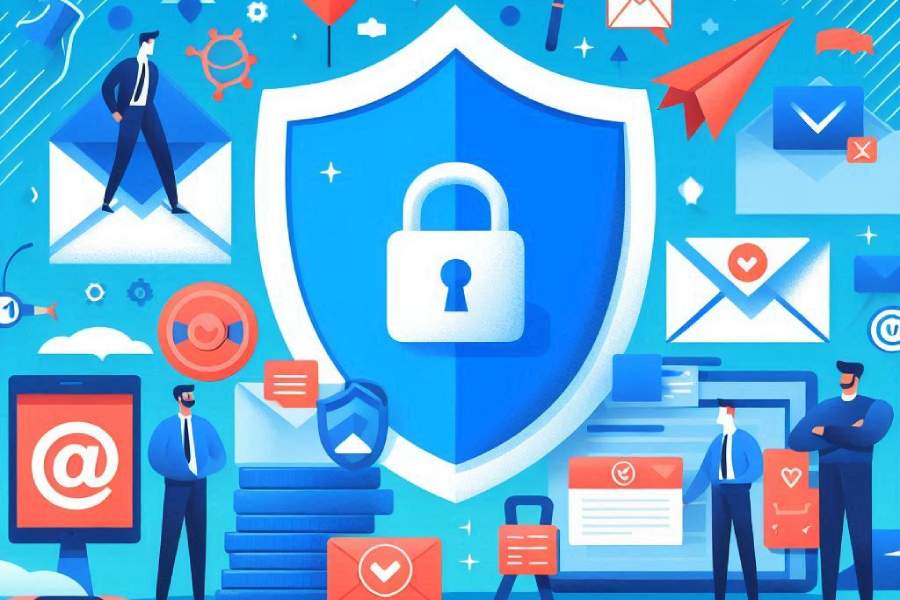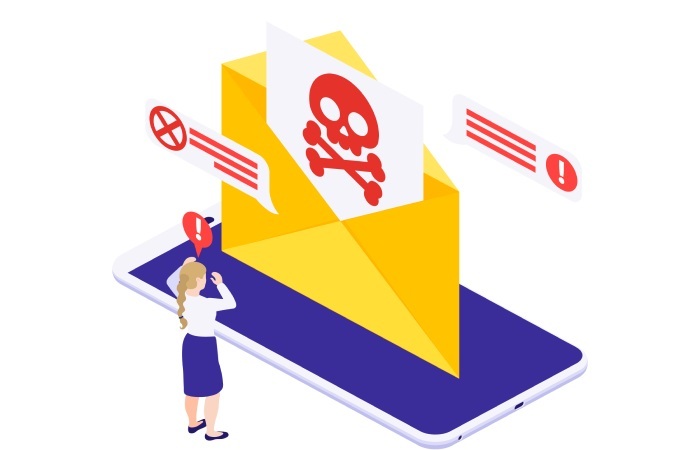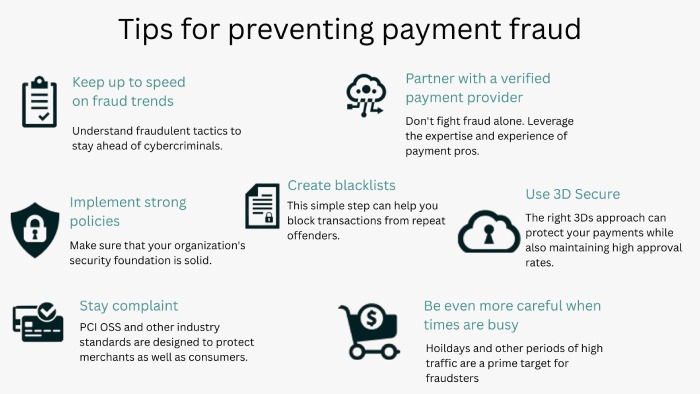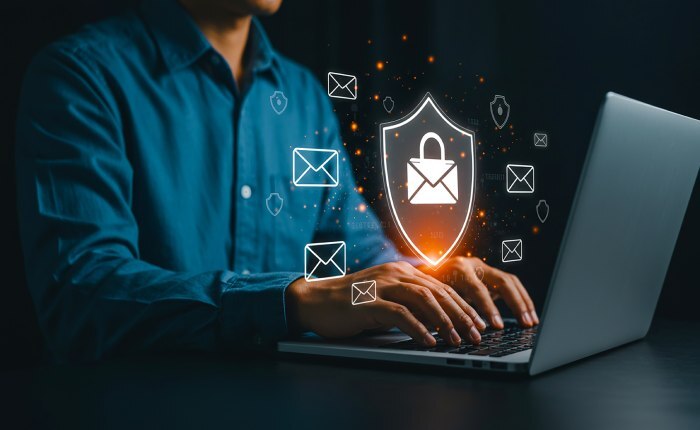How can the finance sector leverage DMARC to defend against email fraud?
The finance sector thrives on trust. The fact that your clients are putting their hard-earned money in your company or institution shows that they not only have confidence in your financial products or services, but also that they believe you have the ability to keep their assets and data safe. But, truth be told, their money and data aren’t really safe unless you actively protect them.
These days, cyberattackers are devising new ways to dupe unsuspecting customers, and sometimes even the most vigilant users can’t spot their tactics. This is especially prevalent in the finance sector, where the bait is so lucrative that attackers go the extra mile to craft indistinguishably real emails. The high value of transactions and the sensitivity of customer data make financial institutions one of the most attractive targets for cybercriminals.
So, how can you protect your customers and your institution from these email-based threats? The simple answer is DMARC. This authentication protocol helps organizations protect their domain from unauthorized access and usage.
Let’s see how companies in the finance industry can leverage DMARC to protect their domains from email-based threats like phishing and spoofing.
What is DMARC, and how does it work?
DMARC, or Domain-based Message Authentication, Reporting, and Conformance, is a security protocol that lets you decide what happens to emails that claim to come from your domain but fail authentication checks. It builds on two other authentication protocols—SPF (Sender Policy Framework) and DKIM (DomainKeys Identified Mail).
With SPF, you can specify which mail servers are authorized to send emails on your behalf. The list usually includes your primary email-sending domain, any third-party senders, and systems that send transactional messages like account alerts or statements. DKIM, on the other hand, adds a digital signature to your emails so that receiving mail servers can verify the message hasn’t been changed. DMARC brings these two checks together and ensures they align with the “From” address that your customers actually see.
For your financial institution, this means that you now have more control over how the receiving servers handle emails that fail these checks. Let’s say one of your customers receives a fraudulent email that claims to come from your bank, with the sender’s address as “login@yourbank.com”. If the address is not listed in your SPF record, and nor does it have a valid DKIM signature, DMARC will flag the email as unauthenticated and instruct the receiving server to quarantine or reject it, based on the policy you’ve configured.
What if you don’t implement DMARC?
As a financial institution, you’d hardly expect email to be the weakest link in your entire security chain. But this is exactly what cybercriminals exploit. They send out fake emails that impersonate your bank’s tone and brand identity to your customers and ask them to share important information like login credentials, OTPs, or even authorize familiar-looking payments. All this happens when your email ecosystem isn’t well-protected.
Here’s what would happen if you don’t safeguard your domain with DMARC:
Fake account updates
If you don’t secure your email sending domain with DMARC, attackers will send your users fake emails pretending to be you. These emails carry fake messages about account balances, login attempts, or transaction alerts. And customers thinking that these emails are legitimate might respond to them, click on malicious links, or disclose personal details, thereby putting both their accounts and your reputation at risk.
Make fraudulent payment requests
This is the most common tactic that attackers use to dupe users. They impersonate your institution to send spoofed emails asking them to authorize a payment, share an OTP, or settle invoices. Since the sending domains of these emails appear legitimate, users don’t even question the authenticity and end up transferring funds or revealing critical information.
Send malware-laden reports
If your domain isn’t protected, attackers can send your clients emails containing infected files disguised as bank statements, investment reports, or tax documents. Since these emails aren’t blocked by DMARC, customers may open them believing they are legitimate. Once opened, these attachments can install malware into their systems, steal sensitive information, or lock devices until a ransom is paid.
Impersonate regulators or payment networks
Without DMARC, attackers can exploit your domain to send spoofed emails that appear to come from trusted regulators or payment networks. Coming from big, reputed regulatory bodies, these emails can easily trick users or your clients into sharing confidential information or complying with fake instructions. Since they seem legitimate, chances are, your customers might act on it without checking the authenticity of the email or the sender, which can put themselves and your reputation at risk.
How can you protect your domain with DMARC?
DMARC gives you the authority to decide how to handle emails that try using your domain without proper authentication. By implementing DMARC with SPF and DKIM, you can ensure that only verified emails get through and reach the audience’s inbox, and the ones that fail authentication are either blocked or quarantined. This is very important for your financial institution as it reduces the risk of fraud and protects customer trust. In fact, DMARC also sends you regular reports that include important information like who is sending emails on your behalf, helping you quickly spot unauthorized activity and strengthen your email security over time.
Should you DIY DMARC implementation?
DMARC enforcement is important, but it is just as easy to get it wrong if you don’t have proper expertise. If your DMARC records aren’t correctly configured, your legitimate emails might even get blocked, preventing critical communications like account alerts, statements, or payment reminders from reaching customers. This can really disrupt operations, create confusion for clients, and erode the very trust you are trying to protect.
So, to avoid these risks, it is recommended that you seek expert assistance to implement DMARC. When done right, DMARC can not only protect your domain from misuse but also ensure that your genuine emails always reach your customers, keeping both their money and your reputation safe.
Need help implementing DMARC for your domain? Get in touch with us today!




